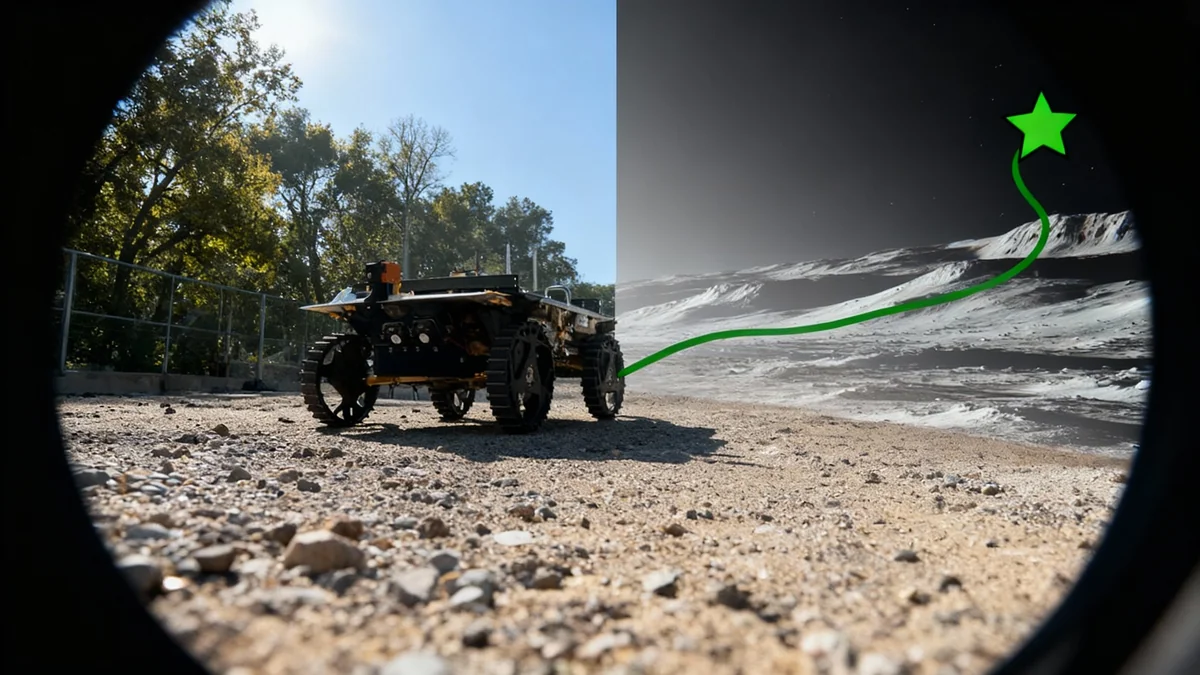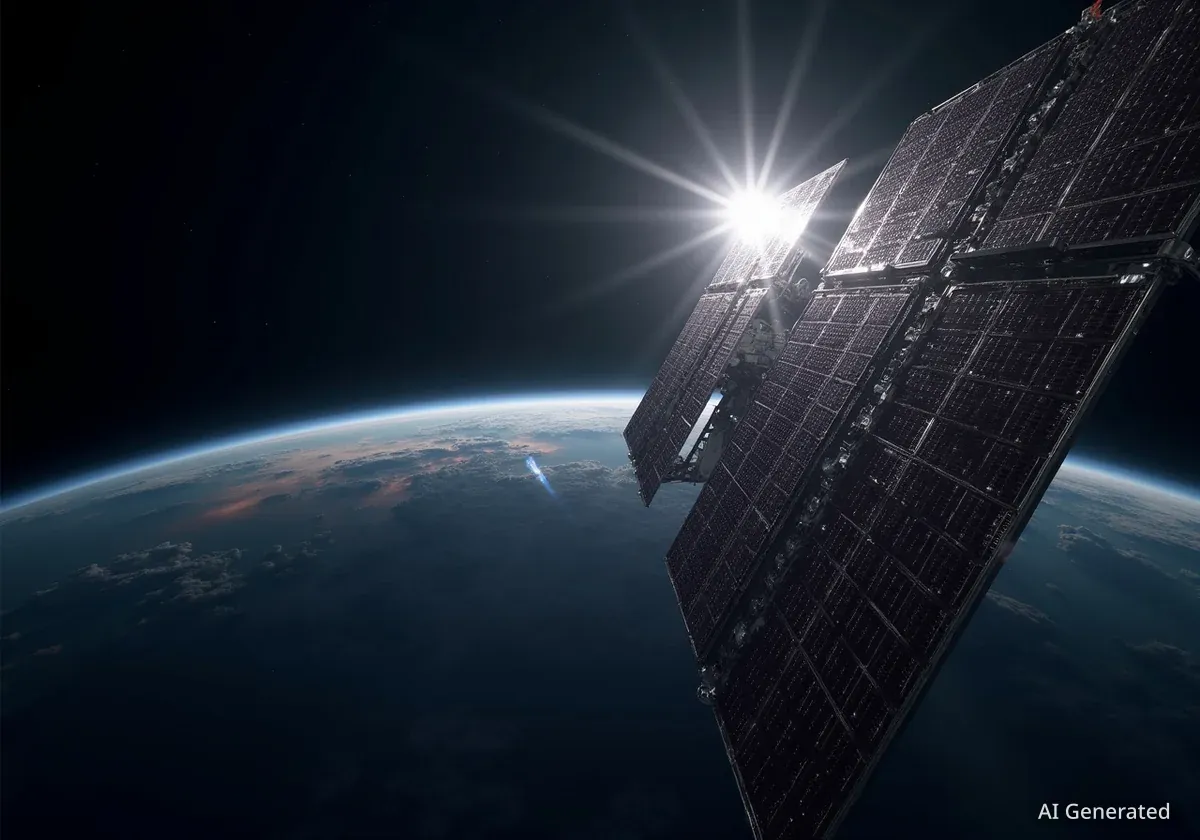The University of Southern California is intensifying its research into autonomous robotics designed to operate in the challenging, unmapped environments of space. The effort, centered within the Department of Astronautical Engineering, aims to develop intelligent systems capable of navigating the lunar surface and performing complex tasks in microgravity without direct human control.
This initiative addresses a critical need as both government agencies and commercial companies plan more ambitious missions. With reduced launch costs and greater computing power, the focus is shifting from remote-controlled machines to robots that can think for themselves, a necessary step for exploring distant and unpredictable locations like the Moon.
Key Takeaways
- USC's Department of Astronautical Engineering is expanding its focus on autonomous space robotics for extreme environments.
- New research, led by Professor Keenan Albee's LASER lab, targets robots for lunar surfaces and microgravity operations where real-time human control is not feasible.
- The program emphasizes In-Space Servicing, Assembly, and Manufacturing (ISAM) to build large structures like telescopes directly in orbit.
- Collaborations with USC's Space Engineering Research Center (SERC) and the commercial space industry in Southern California are central to the initiative.
Navigating the Unknown
Robots in factories or on city streets operate in predictable, well-documented settings. Space presents a completely different challenge. Planetary surfaces often have uncertain terrain, and communication delays make real-time remote operation impossible.
Keenan Albee, an assistant professor who recently joined USC's faculty, is at the forefront of this work. His lab, the Laboratory for Autonomous Systems and Exploration Robotics (LASER), develops systems that can function with limited prior information.
"How can our mobile robotic systems go to places where they can’t yet operate – on the Moon, in microgravity?" said Albee. "In many cases, we don’t have complete maps of the places we’re trying to navigate."
Satellite imagery of the Moon, for instance, provides only partial resolution. This means rovers must be able to explore independently, analyze their surroundings, and collect data on the fly. This capability is essential for future exploration and environmental monitoring beyond Earth.
The Rise of In-Space Manufacturing
A significant part of USC's research involves a concept known as In-Space Servicing, Assembly, and Manufacturing (ISAM). This approach aims to construct and maintain large structures directly in orbit, overcoming the size and weight limitations of rocket payloads.
Professor David Barnhart, director of USC's Space Engineering Research Center (SERC), highlighted the potential of ISAM. "On-orbit manufacture and assembly can dramatically expand the possibilities of what can be built in space," he stated.
Building Bigger in Space
The Optical-Reef project, a collaboration involving USC, is a prime example of ISAM. It aims to build a large-diameter telescope in space. A larger telescope can observe more distant objects with better resolution, but launching such a massive, pre-assembled structure from Earth is not practical.
The technology developed for assembling a telescope could be applied to other large-scale projects, from servicing existing satellites to constructing entire space habitats. "These applications would be a lot more cost-effective because you wouldn’t have to pre-assemble materials or de-orbit your satellite every time it breaks," Albee explained.
The LASER and SERC labs are establishing complementary hardware testbeds to advance ISAM capabilities and foster partnerships with the growing commercial space sector.
A Legacy of Microgravity Robotics
USC has already made significant contributions to robotics for microgravity environments. The SERC has designed, tested, and deployed systems that have been used aboard the International Space Station (ISS).
Key projects from the SERC include:
- CLINGERS: A docking system designed for autonomous rendezvous and proximity operations between spacecraft.
- REACCH: A robotic gripper developed with the NASA Jet Propulsion Laboratory (JPL) for tasks like capturing space debris.
- LEAPFROG: A system that simulates the complex flight dynamics of landing on the Moon.
The center has also successfully launched three CubeSats, which are small, standardized satellites used for research. This existing expertise provides a strong foundation for the new push into more advanced autonomous systems.
The Commercial Space Boom
The research at USC is aligned with major trends in the commercial space industry. According to Albee, reduced launch costs and significant advancements in computing power have encouraged private investment in ambitious space robotics projects. "Small startup companies are now able to leverage ideas that have been latent within astronautical research for years," he noted. This synergy creates a powerful feedback loop where academic research informs commercial applications, and industry needs drive new areas of study.
Collaboration and Future Vision
The success of this ambitious robotics program relies on interdisciplinary collaboration. Albee's LASER lab will work closely with other experts at USC, including those at the Robotics and Autonomous Systems Center (RASC).
One key collaborator is Feifei Qian, a professor who specializes in the complex interactions between robots and their physical environments. This expertise is crucial for designing robots that can move effectively on unpredictable surfaces like lunar soil.
Albee, who previously worked as a robotics technologist at NASA's JPL, emphasized the unique advantages of USC's location in Southern California. "At ASTE, we’re poised to leverage the engineering ecosystem across Los Angeles, backed by the aerospace legacy of Southern California and the current boom in space industry startups," he said. "As a space roboticist, I couldn’t wish for a better place to land."
The research extends beyond space, as the algorithms developed for extreme environments have applications in maritime and aerial robotics, such as drones for environmental monitoring on Earth. Ultimately, the work aims to solve fundamental problems of autonomy, enabling machines to explore, build, and operate where humans cannot easily go.





